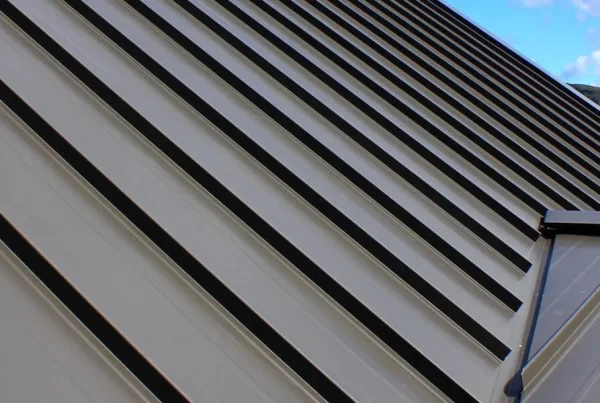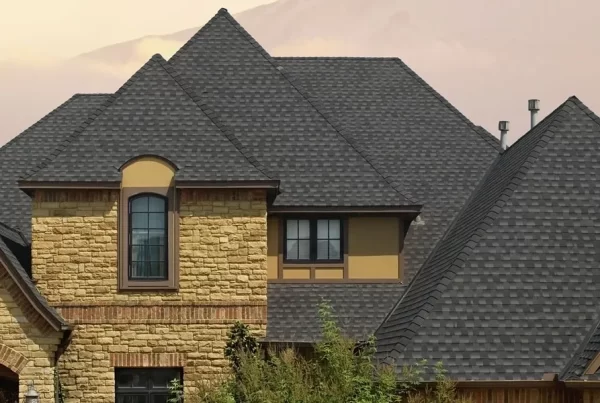The exterior siding of your home is not just about aesthetic appeal—it’s a crucial barrier that protects your home from the elements. Over time, exposure to sun, wind, rain, and temperature fluctuations can wear down siding, potentially leading to more significant issues with your home’s structure and interior. Recognizing the signs that your siding requires repair can save you money and prevent the need for more extensive, costly interventions in the future.
- Visible Cracks, Holes, or Breaks
One of the most apparent signs that your siding needs attention is the presence of visible cracks, holes, or breaks. These imperfections can allow water to penetrate beneath the siding, leading to moisture-related problems inside your home, such as mold or structural damage. Prompt siding repairs are essential to seal these openings and restore the protective barrier of your home’s exterior cladding.
- Warping or Buckling Siding
Warping or buckling of your home’s siding is a sign of underlying issues, such as improper installation or moisture entrapment. This distortion not only affects your home’s appearance but also its insulation and structural integrity. Inspecting the warped areas can reveal if the problem is surface-level or indicative of more severe damage that requires comprehensive siding repairs.
- Fading or Discoloration
While fading or discoloration of siding may seem like a purely cosmetic issue, it often signals deeper problems. Continuous exposure to sunlight can degrade the material, reducing its durability and effectiveness in protecting your home. Faded siding may also be less resistant to weather damage, making timely repairs crucial to prevent further deterioration.
- Peeling Paint or Wallpaper Inside the Home
An unexpected sign that your siding may need repairs is peeling paint or wallpaper inside your house. This issue can indicate that moisture is seeping through the siding and into your interior walls, a problem that exterior cladding maintenance can address. Identifying and fixing the source of moisture can prevent extensive interior and exterior damage.
- Increased Heating or Cooling Bills
A spike in your heating or cooling bills could point to inadequate insulation due to compromised siding. If your home’s exterior cladding is not effectively keeping air in and the elements out, your HVAC system may be working overtime to maintain a comfortable interior temperature. Inspecting for siding damage and making necessary repairs can improve insulation and energy efficiency.
- Mold, Mildew, or Fungus Growth on the Siding
The presence of mold, mildew, or fungus on your siding is not only unsightly but can also be harmful to your health and the siding’s material. These growths usually indicate that moisture is being trapped somewhere in the siding, necessitating immediate attention and repairs to prevent further spread and damage.
- Loose or Missing Pieces
Loose or missing pieces of siding significantly compromise your home’s protective envelope. This damage can result from severe weather conditions, improper installation, or wear and tear over time. Replacing or repairing these sections promptly will restore the integrity of your home’s exterior.
- Dry Rot
Dry rot is a fungal disease that can severely damage wood siding, making it crumble and lose its structural integrity. Early detection and siding repairs are vital to stop the spread of dry rot and protect your home from potential collapse. Regular inspections can help identify dry rot before it becomes a more significant issue.
- Bubbling or Blistering
Bubbling or blistering on the surface of the siding is often a sign of moisture trapped beneath the material. This issue can lead to mold growth and material deterioration if not addressed promptly. Siding repairs in such cases typically involve removing the affected areas and replacing them with new, intact material.
- Interior Damage
Signs of damage inside your home, such as leaks, drafts, or cold spots, can often be traced back to failing siding. These symptoms indicate that the exterior cladding is no longer effectively protecting your home from the elements. Addressing siding repairs as soon as these interior signs appear can prevent more extensive damage to your home’s structure and interior.
Conclusion
Your home’s siding is its first line of defense against the elements, and maintaining its integrity is crucial for protecting your property. Recognizing the signs of siding damage—ranging from visible cracks and warping to increased energy bills and interior moisture issues—is essential for timely repairs. Regular inspections and addressing repairs promptly can extend the life of your siding, enhance your home’s energy efficiency, and prevent costly future repairs. If you notice any of the signs mentioned above, consider consulting with a professional to assess the extent of the damage and discuss the best course of action for siding repairs. Keeping your home’s siding in good condition not only preserves its aesthetic but, more importantly, its structural integrity and the comfort of its inhabitants.





